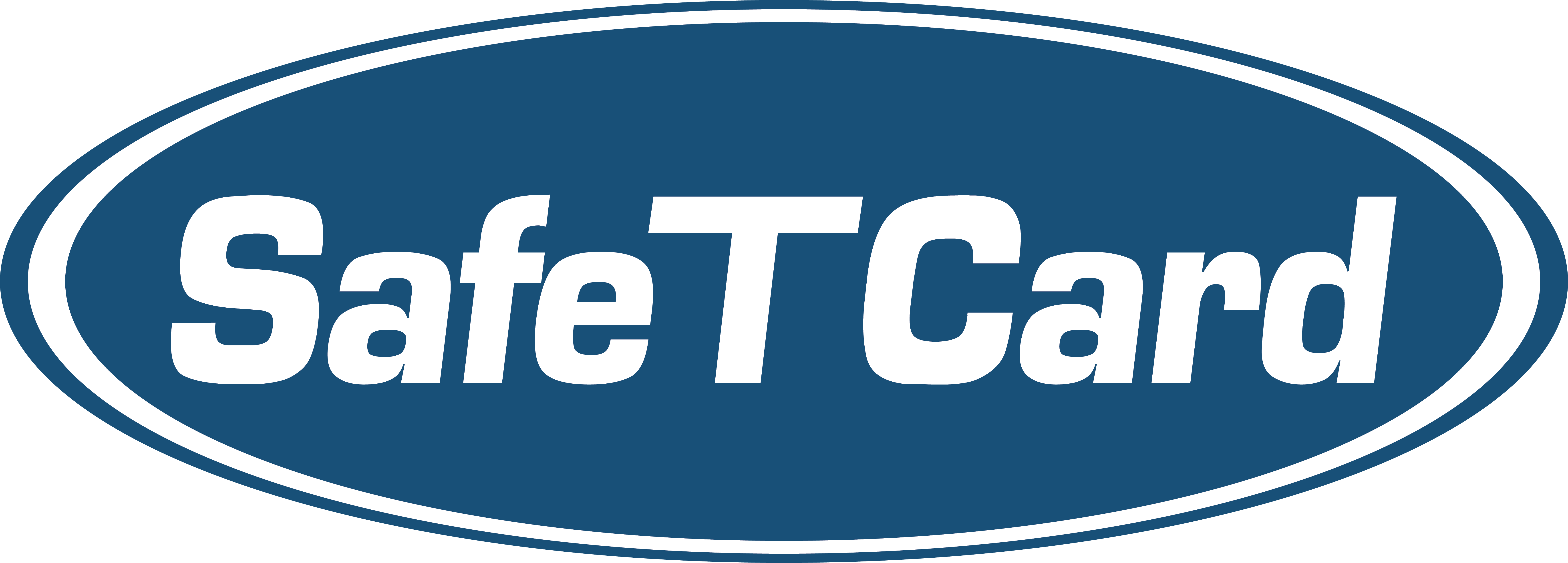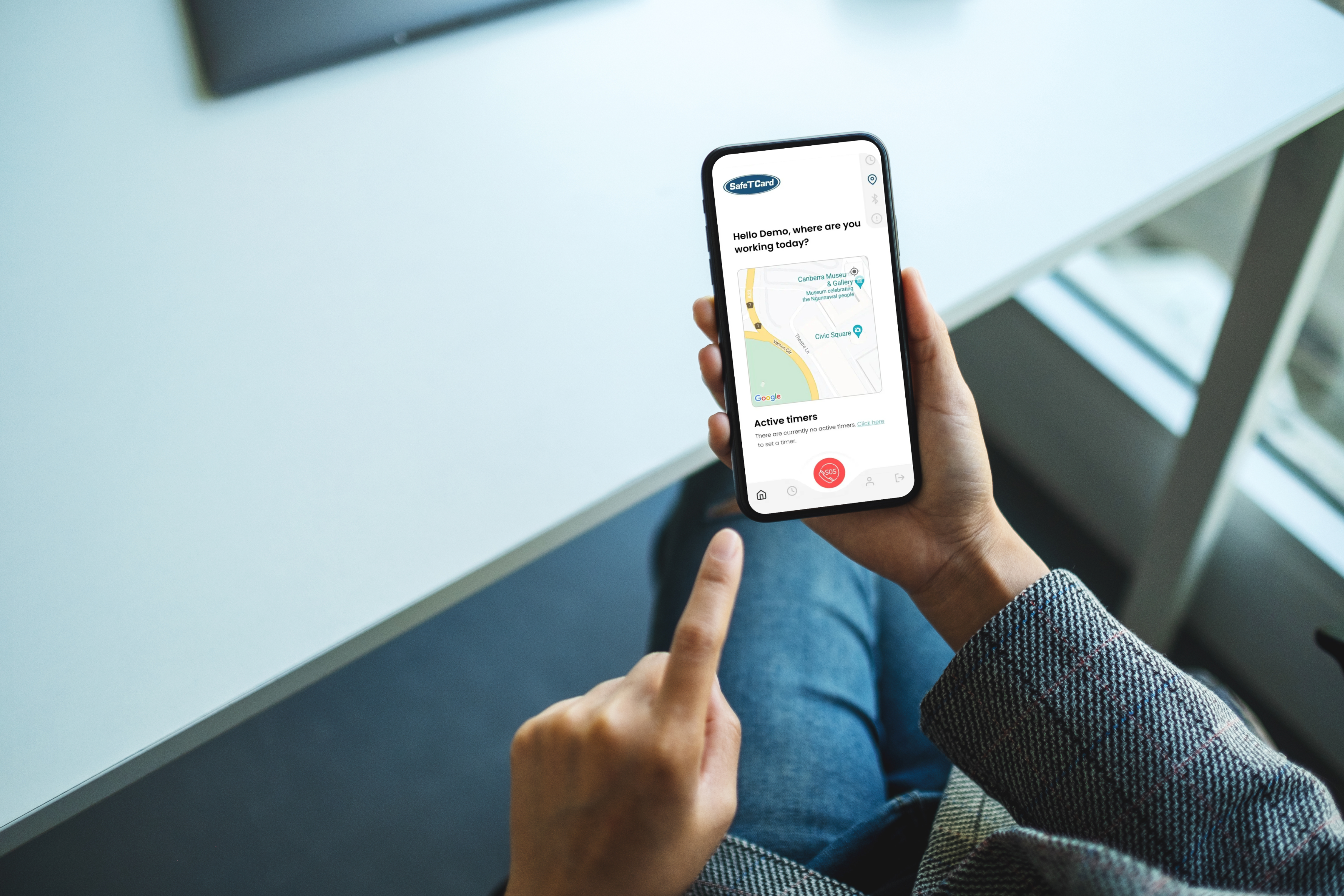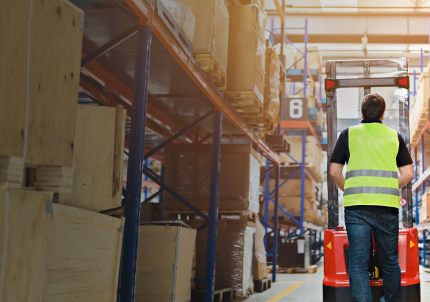This article is written to act as a practical guide for leaders who know that policies alone won’t protect their people.
Whether your team works in healthcare, retail, community services or regional fieldwork, lone working is more common than you might think. From support workers visiting homes to employees locking up alone at night, more and more staff are operating without backup.
And while it’s tempting to think a policy or mobile phone is enough, the truth is: it’s not. If something goes wrong, you’re the one responsible. A lone worker strategy isn’t just about compliance. It’s about being proactive with real protection, for real people.
If you’re serious about building a strategy that works, start by asking the right questions. And use them as a guide to create your lone worker safety strategy. Here are the essentials every organisation needs to consider.
1. What does lone work look like in your organisation?
Lone working doesn’t always mean remote bushland or empty warehouses. It can be:
- A youth worker on a home visit
- A retail employee opening the store alone
- A nurse driving to a client in a rural town
- A council ranger doing site inspections
Start by mapping out when and where your employees are working without direct support. You can’t protect people you haven’t identified as at-risk.
2. What are they actually facing out there?
Many risks are routine – until they’re not. Verbal abuse, unpredictable behaviour, environmental hazards, medical incidents, or even simply being in the wrong place at the wrong time.
Talk to your frontline staff. Review incident reports. Look at near misses. Some of the most dangerous situations go unreported because staff think, “That’s just part of the job.”
Understanding the real risks your team faces is the foundation of any effective safety plan.
3. What’s your plan, if something happens?
If a lone worker doesn’t check in, or something goes wrong, what happens next?
- Do you have a clear escalation process?
- Will someone know where they were last seen?
- Can they raise an alert if they can’t reach their phone?
Emergency response needs to be fast, coordinated, and based on real-time information. That means having more than a list of phone numbers in a file. It means having systems that act the moment they’re needed.
4. Have you equipped your people with more than just good intentions?
Awareness is important. So is training. But they’re not enough on their own.
Lone workers need tools that actively support them:
- SOS buttons that connect to a 24/7 monitoring centre
- GPS function and location updates upon device activation
- Man Down alerts for falls
- Audio check-ins to pre-empt possible dangerous situations
Mobile phones are unreliable in emergencies. You need systems designed for safety, not just communication.
5. Is your safety approach consistent, visible, and taken seriously?
A lone worker strategy only works if it’s actually used.
If staff don’t trust it, don’t understand it, or feel it’s just another compliance box, they won’t engage. Make safety part of everyday operations:
- Include it in onboarding and regular training
- Run real-life scenario drills
- Use dashboards to track usage and follow up
When safety is visible and valued, workers feel supported – and use the tools you’ve provided.
6. Are you reviewing and adapting what you’ve built?
Roles evolve. Risks change. Your safety strategy needs to keep up.
Set regular reviews (quarterly or biannually) to:
- Analyse incident reports and near misses
- Check usage data from safety devices
- Get frontline feedback on what’s working and what’s not
This isn’t about blame, it’s about building trust and staying responsive.
Final thoughts: proactivity over reactivity (and prevention over regret!)
A lone worker safety strategy isn’t about box-ticking. It’s about your people. About making sure the next time something happens, they have a way to get help – and you have a way to respond.
At SafeTCard, we partner with organisations to put the right systems in place, including with 24/7 monitoring, real-time tools, and tailored support that works in the field, not just on paper.
If you’re building or reviewing your lone worker safety strategy, we’re here to help.
Talk to us or Download the Lone Worker Risk Checklist to get started.




